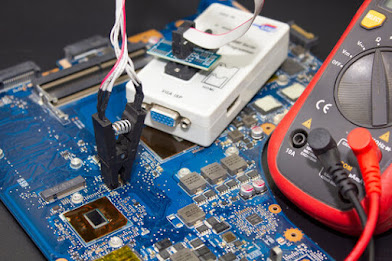
j BIOS (Basic Input/Output System) is an essential firmware embedded in a computer's motherboard that initializes hardware components and enables the operating system to boot. Sometimes, updating or reprogramming the BIOS becomes necessary to fix compatibility issues, add new features, or enhance system performance. This comprehensive guide will walk you through the process of BIOS reprogramming, covering the necessary steps and precautions to ensure a successful update. Understand the Purpose of BIOS Reprogramming : Before proceeding with BIOS reprogramming, it's crucial to understand why you need to update or reprogram it. Common reasons include resolving hardware compatibility issues, improving system stability, fixing security vulnerabilities, enabling new features, or supporting updated hardware. Make sure to identify the specific need for reprogramming to avoid unnecessary updates that could potentially cause problems. Research and Gather Necessary Materials : Begin by re...

